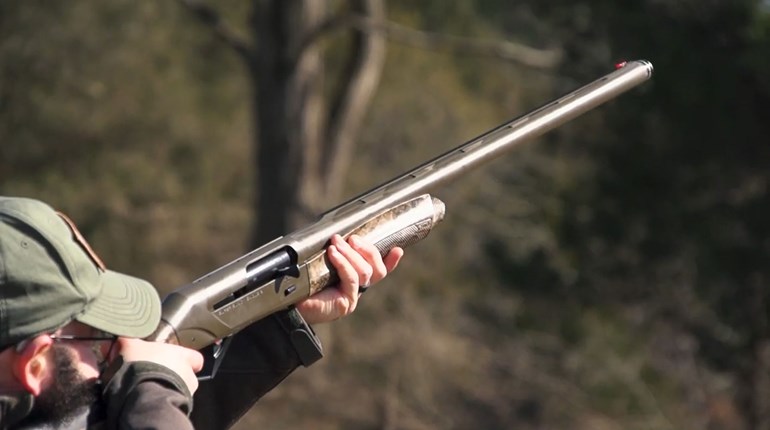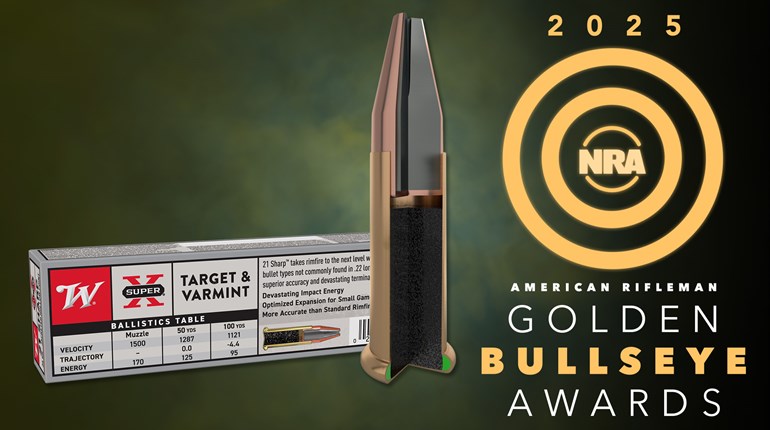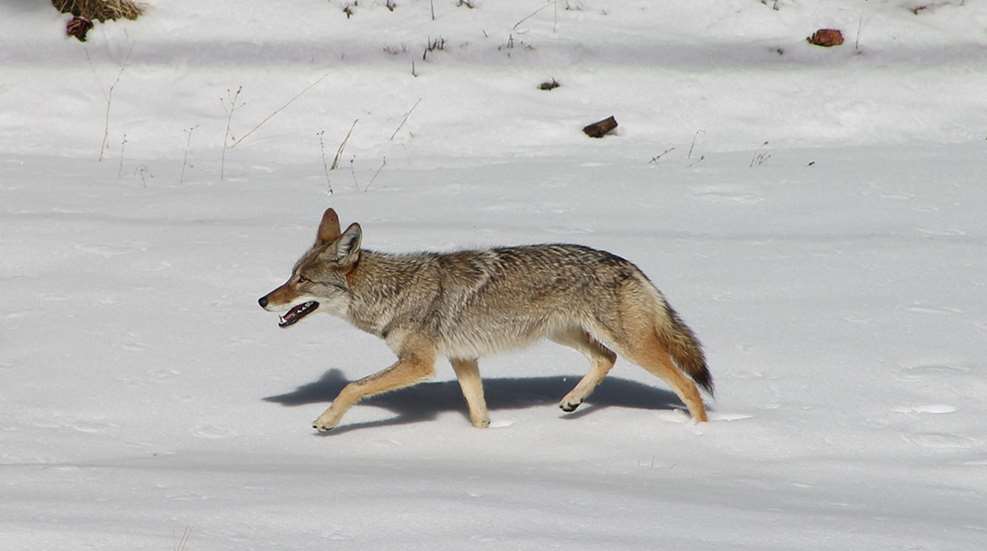
Calling and shooting predators is one of the things that helps hunters get from the end of the fall seasons to when the turkeys start gobbling. Severe winter weather is almost essential for a good predator hunt, but many other things add-up to make shooting coyotes lots of fun in the new year. Let’s look at some of these factors.
Some people frown on predator hunting as a waste and needless killing. That could not be further from the truth, and in fact is itself a partial cause of coyote overpopulation. Misguided tree huggers succeeded in destroying the fur industry, and subsequently the primary motivator of trapping. No trapping means that some predator populations, specifically coyotes, are now out of control in some places. The Good Lord gave us the responsibility of stewardship, and hunting is a great tool to help accomplish that task.
No. 1: THE LAW
State regulations on predator hunting vary. Always check the regulations to make sure of season dates and bag limits. Also check to see if the predators you are hunting fall under special “fur bearer” classifications. Find out what weapons are legal, and what legal shooting hours are in your area. Above all, take the time to read the rules and then obey them, including the use of electronic calling devices.
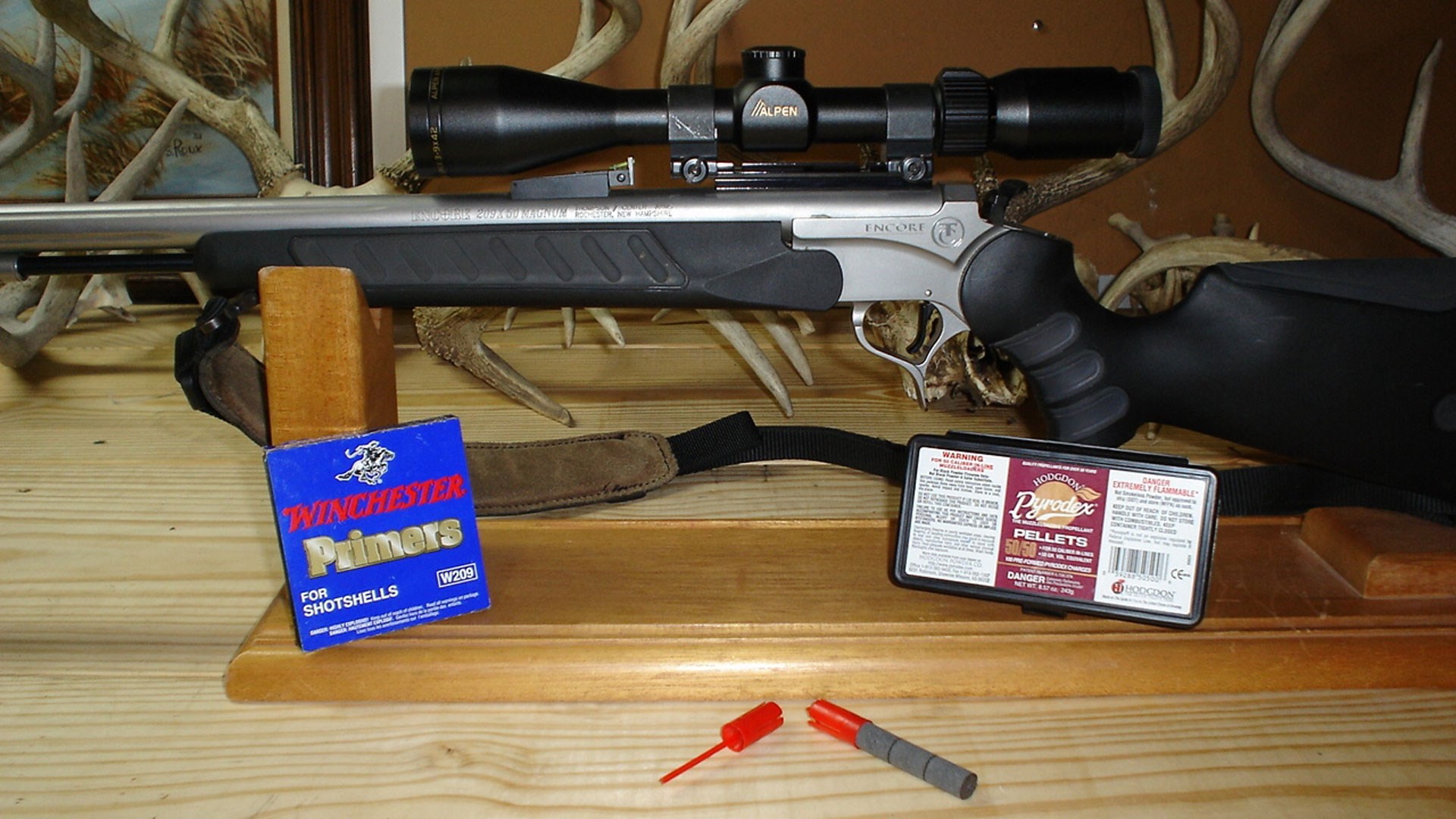
No. 2: THE SHOT
As a teenager I hunted coyotes with a high-powered rifle. The ability to reach out and touch a dog at 200-yards was very appealing. My .25-06 Remington has put holes in a bunch of them, and I have taken a couple of coyotes and a red fox with my bow, but lately I have enjoyed hunting predators with my .50-caliber Thompson Center Pro Hunter muzzleloader.
The optic you choose for a predator rifle is very important. I demand clarity and expect durability. I have tested dozens of scopes from as many manufacturers. The best scope for the job I have yet found is an Alpen Optics Apex 3x9.
Regardless of your weapon of choice, you must practice enough to know your maximum lethal range and then never take a shot beyond that range. Safety must always come first.
No. 3: THE CAMO
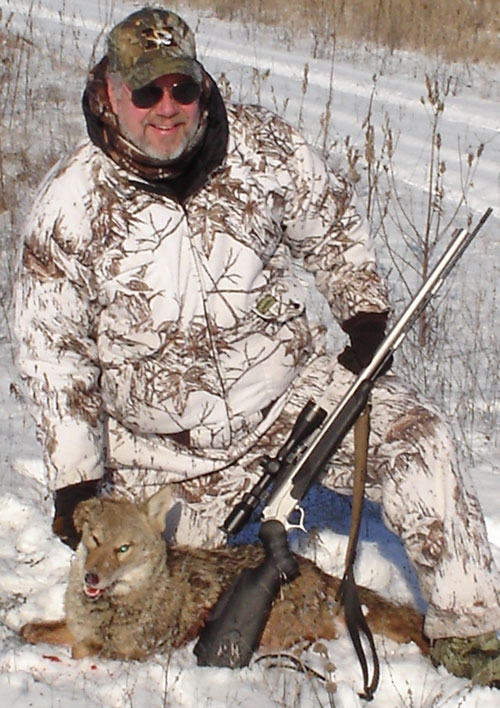
Concealment for hunting wintertime predators is very important. The absolute absence of foliage makes hiding from sharp eyes very difficult. Most often it is not possible to hunt predators from a blind because it takes too much time and is too cumbersome. You must choose a camo pattern that cannot be seen at close range and is invisible at a distance.
I prefer a snow pattern in the wintertime when snow is on the ground. The pattern shown has the perfect look for midwinter hunting. I am sure there are many more great applications for this pattern, but its ability to blend-in to the snowy brush is excellent.
No. 4 THE CALL
There are as many predator calls on the market as there are predators on which to use them. Traditionally, mouth-blown calls have led the way to coaxing coyotes and foxes into range. These calls vary from reed-type to diaphragm calls just likes the ones used by turkey hunters. These calls are effective, but imitating a wounded rabbit or coyote pup is not as easy as it may seem.

My best advice to learn to call predators is to buy a tape or get online to hear and mimic the sounds that bring your prey in close.
No. 5: THE ANIMALS
This is the final step. Knowing what might come to your set-up when calling predators allows you to be prepared for the unexpected. Most commonly, coyotes will respond first to your calls. If a coyote is coming, it will not take long. Often coyotes appear in the first minute or two of calling.
Bobcats and foxes will come to the sound of a free meal, as well. The red fox is a bit more wary than his gray cousin, but both will come.
Other critters that may respond to your predator calls are hawks, owls, crows, raccoons and even curious deer. Do not take shots at movement. Be very sure of your target before you shoot. The neighbor's dog may come in for the free meal, as well. This is no time for a careless mistake.
If you add up all the numbers, you can see why wintertime predator hunting is a growing sport. To beat the cabin fever this year, get out and try this fun and exciting way to expand your hunting season.




























